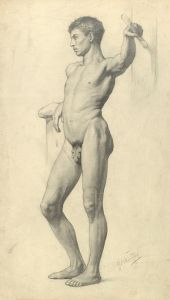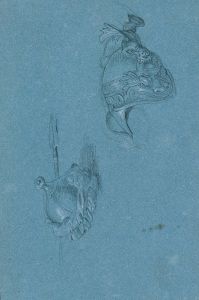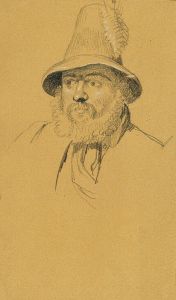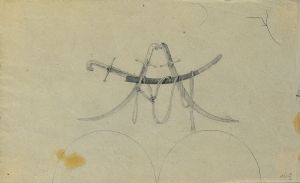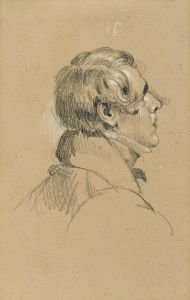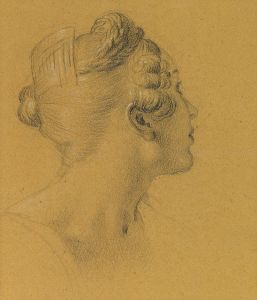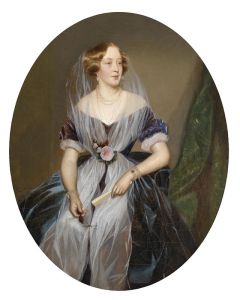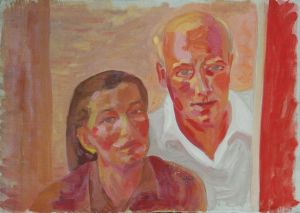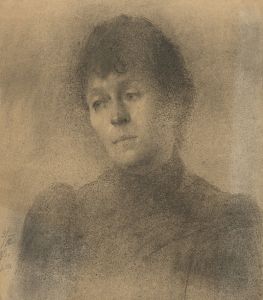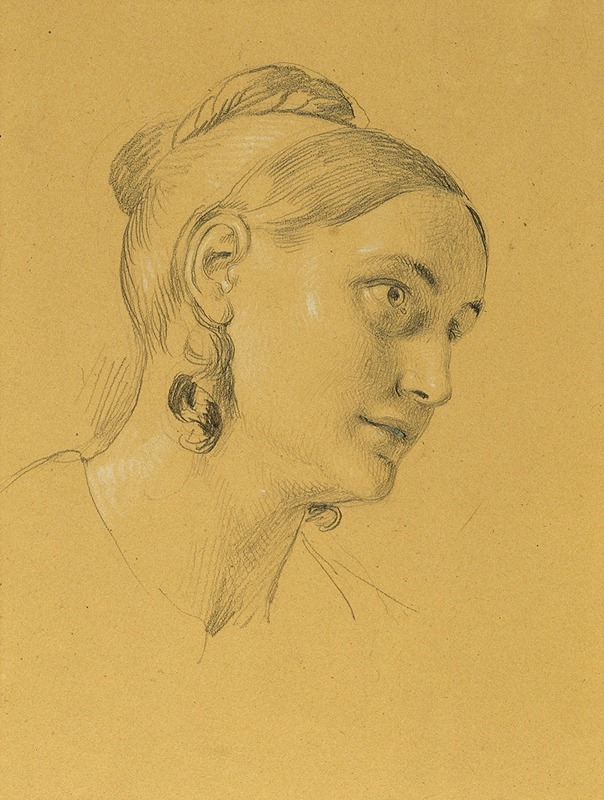
Weibliche Studie zum ‘Einzug nach dem Pariser Frieden’
A hand-painted replica of Johann Peter Krafft’s masterpiece Weibliche Studie zum ‘Einzug nach dem Pariser Frieden’, meticulously crafted by professional artists to capture the true essence of the original. Each piece is created with museum-quality canvas and rare mineral pigments, carefully painted by experienced artists with delicate brushstrokes and rich, layered colors to perfectly recreate the texture of the original artwork. Unlike machine-printed reproductions, this hand-painted version brings the painting to life, infused with the artist’s emotions and skill in every stroke. Whether for personal collection or home decoration, it instantly elevates the artistic atmosphere of any space.
Johann Peter Krafft was an Austrian painter known for his historical and genre scenes, and one of his notable works is "Weibliche Studie zum ‘Einzug nach dem Pariser Frieden’" (Female Study for ‘Entry into Paris after the Peace’). This painting serves as a preparatory study for a larger historical composition that Krafft was planning, which depicted the triumphant entry into Paris following the signing of a peace treaty.
Krafft was born on September 15, 1780, in Hanau, Germany, and later moved to Vienna, where he became a prominent figure in the Austrian art scene. He studied at the Academy of Fine Arts in Vienna and was influenced by the neoclassical style, which is evident in his precise and detailed approach to painting. His works often reflect the political and social climate of his time, capturing significant historical events with a focus on realism and emotional depth.
The "Weibliche Studie zum ‘Einzug nach dem Pariser Frieden’" is a testament to Krafft's meticulous preparation process. In this study, Krafft focuses on the depiction of female figures, likely intended to be part of the larger composition celebrating the peace agreement. The study showcases his skill in rendering human anatomy and fabric, capturing the grace and poise of the female form. The attention to detail in the drapery and the naturalistic portrayal of the figures are characteristic of Krafft's style, which combines neoclassical elements with a keen observation of real-life details.
Krafft's interest in historical themes is evident in his body of work, which includes other significant paintings such as "The Battle of Leipzig" and "The Entry of Emperor Francis I into Vienna." These works reflect his ability to convey the grandeur and drama of historical events, often with a focus on the human experience within these larger narratives.
While "Weibliche Studie zum ‘Einzug nach dem Pariser Frieden’" is a study and not a completed work, it provides valuable insight into Krafft's artistic process and his approach to composition and character development. Studies like this one were crucial for artists of the time, allowing them to experiment with poses, lighting, and expressions before committing to the final version of a painting.
Krafft's contributions to art were recognized during his lifetime, and he held several prestigious positions, including director of the Belvedere Gallery in Vienna. His works remain an important part of Austrian cultural heritage, offering a window into the historical and artistic context of the 19th century.
In summary, Johann Peter Krafft's "Weibliche Studie zum ‘Einzug nach dem Pariser Frieden’" is a preparatory study that highlights his skill in depicting human figures and his dedication to capturing historical moments with accuracy and emotional resonance. This study, along with his other works, underscores his significance as a painter who bridged the neoclassical and romantic styles, leaving a lasting impact on the art world.






